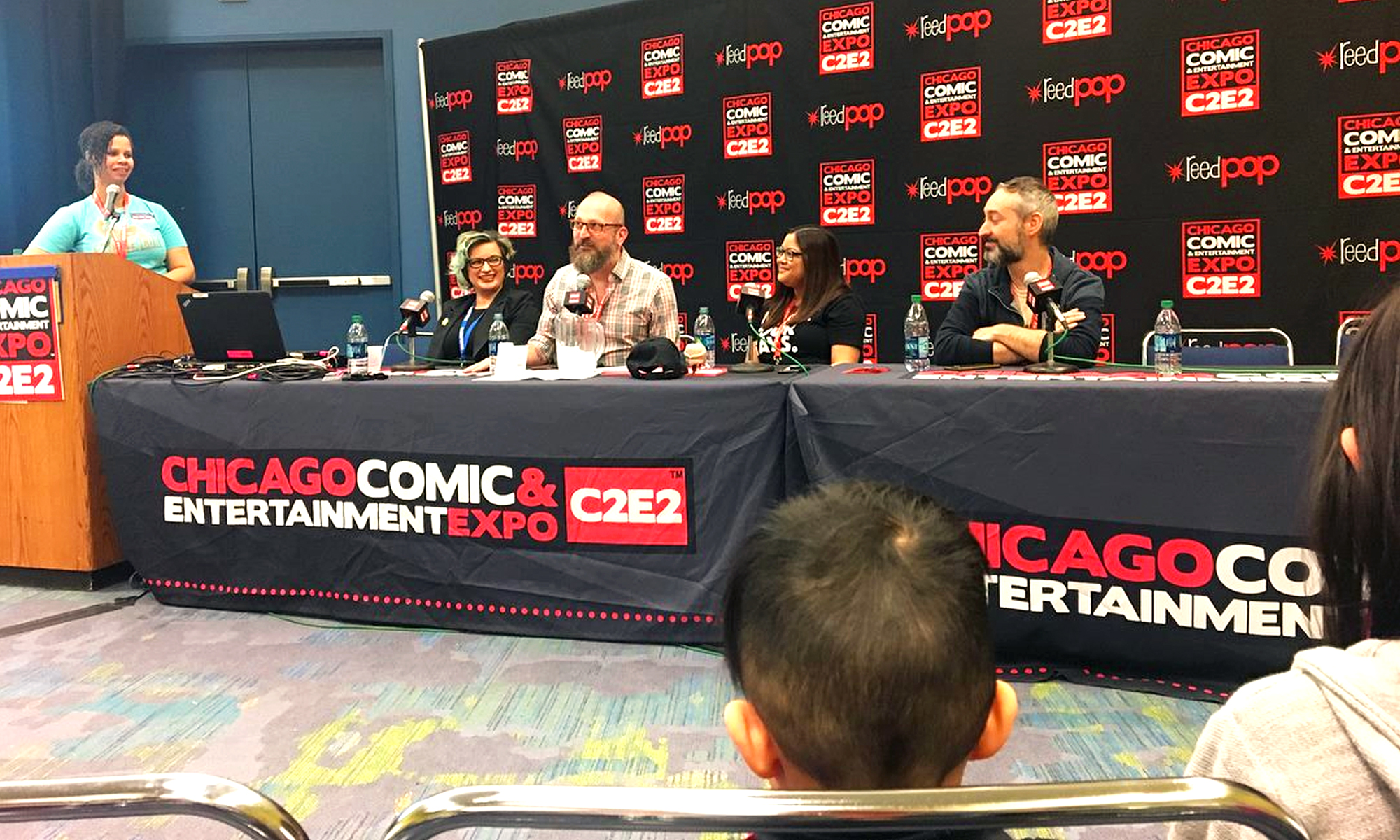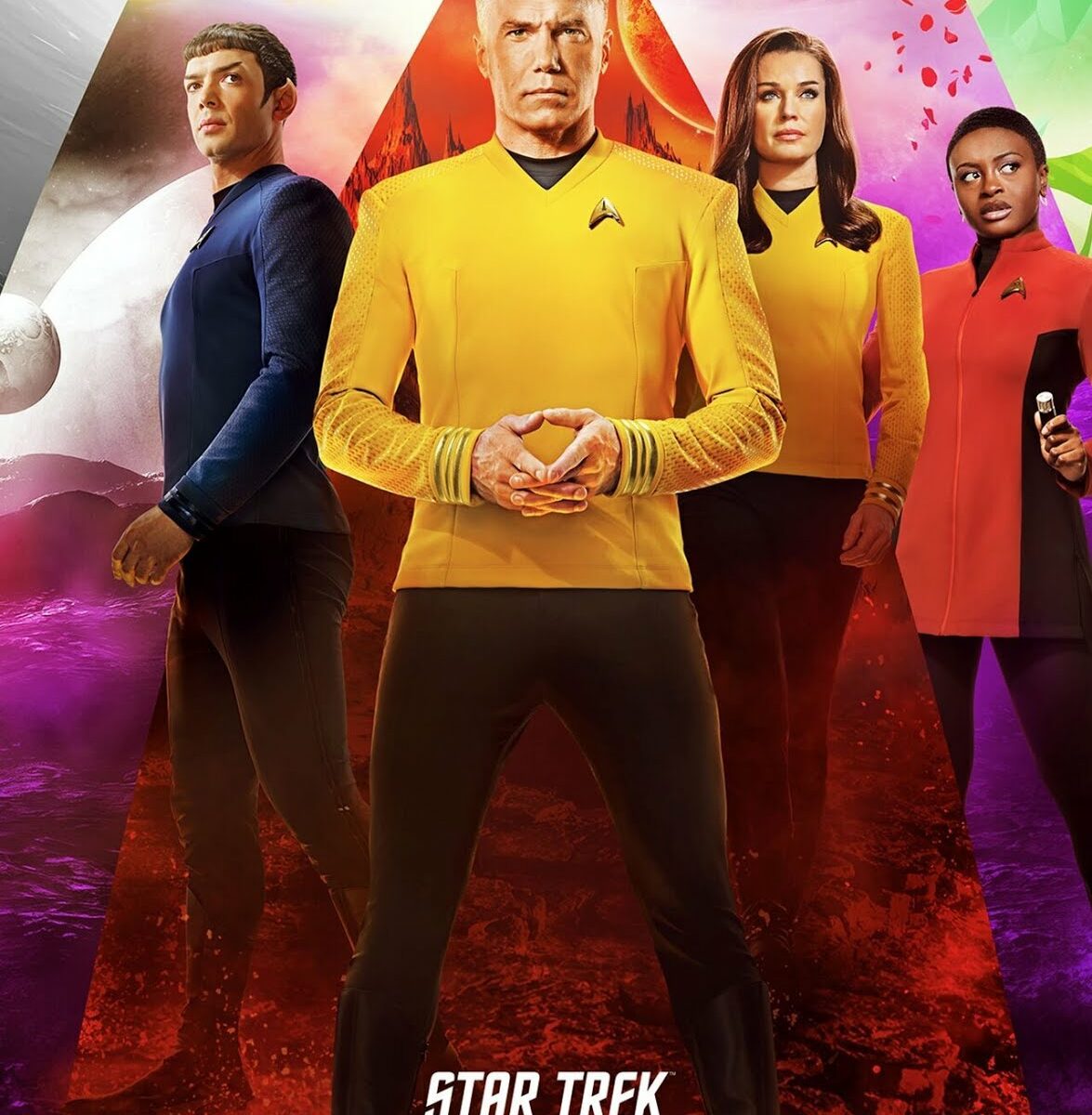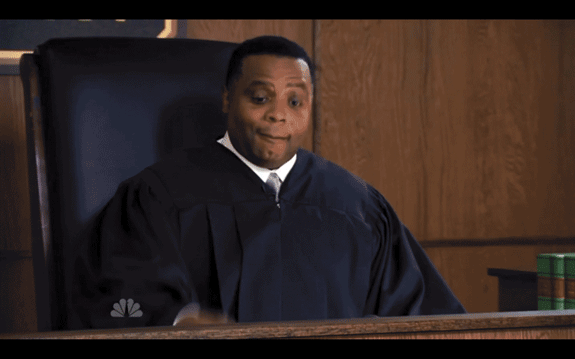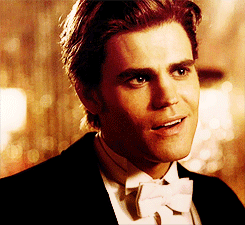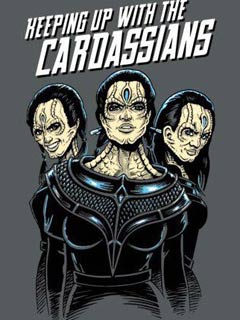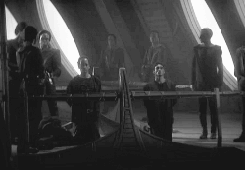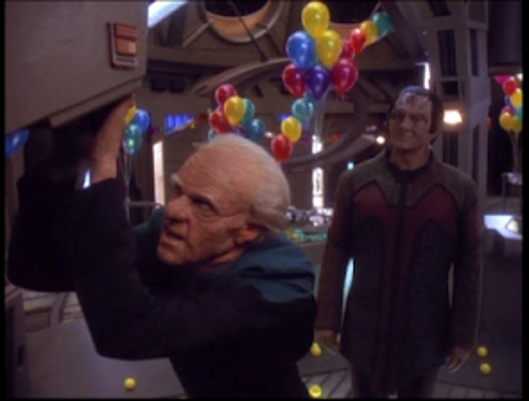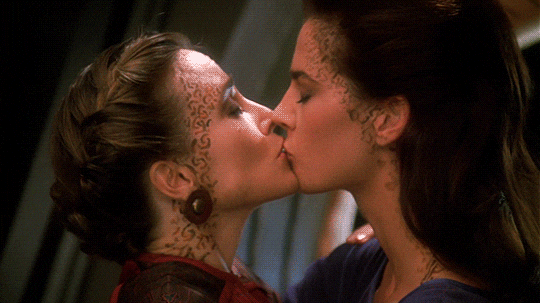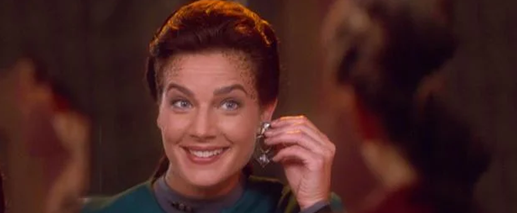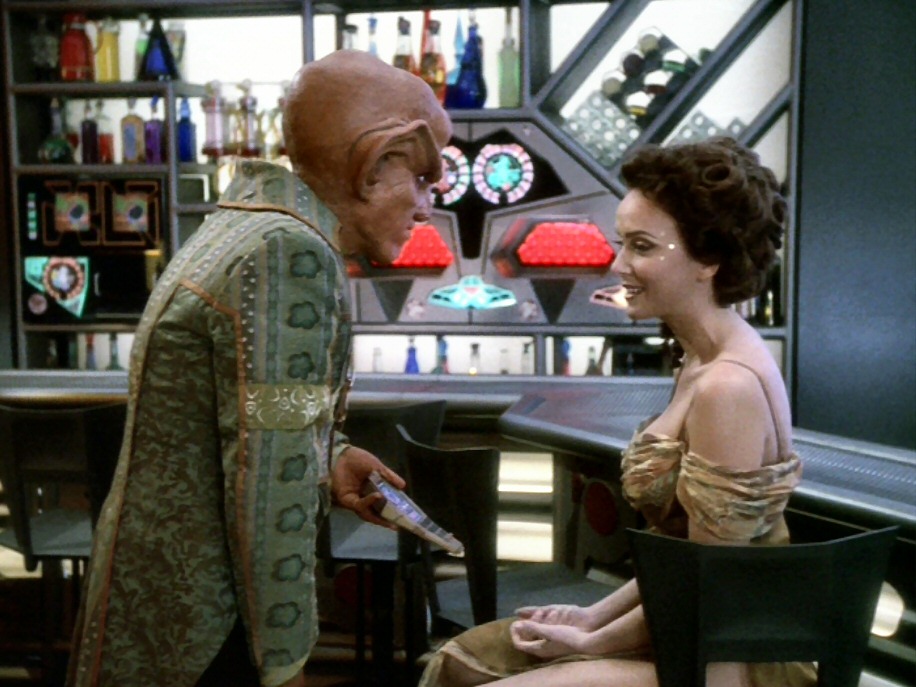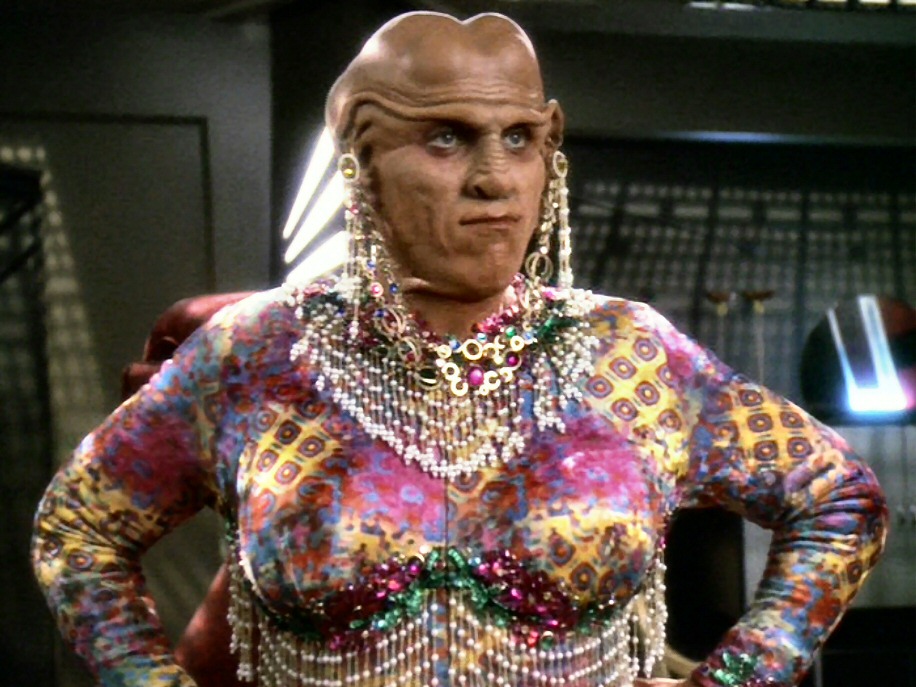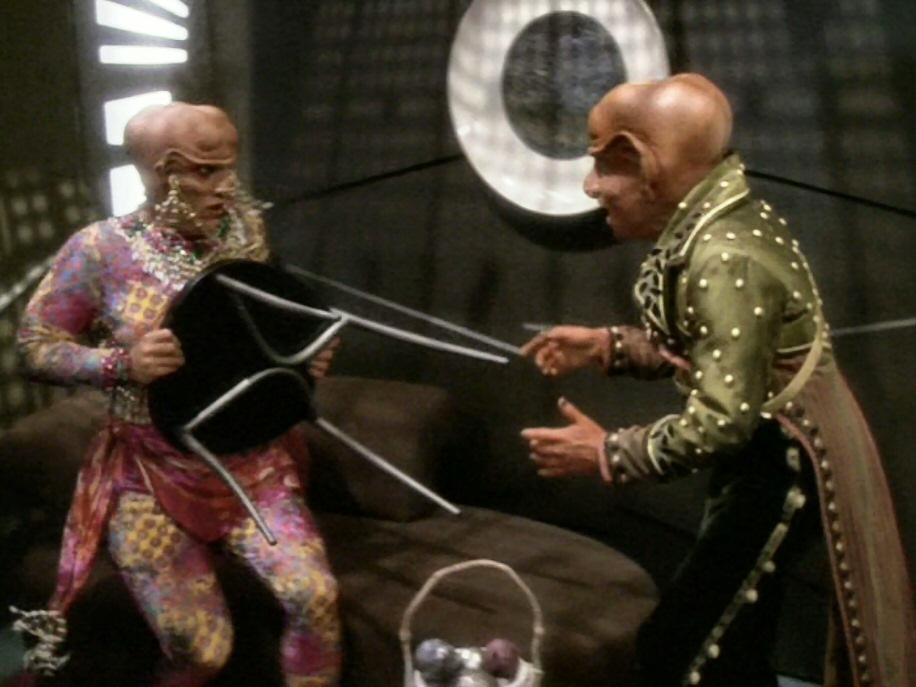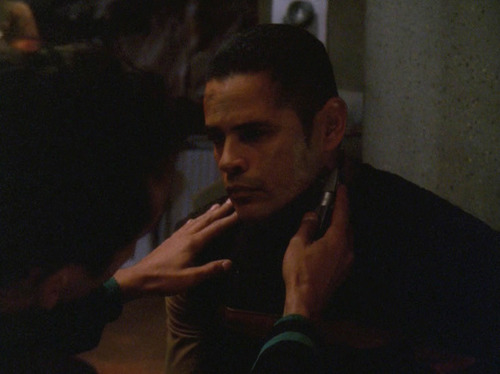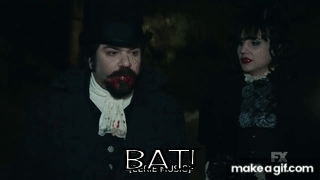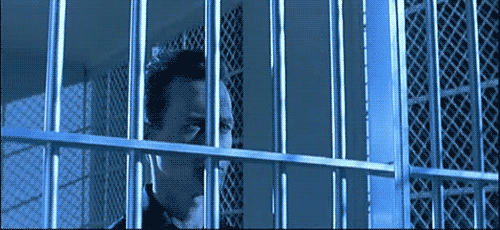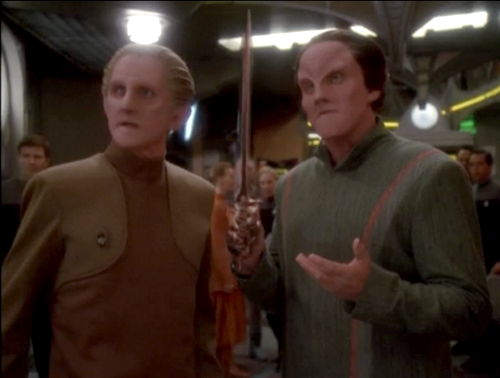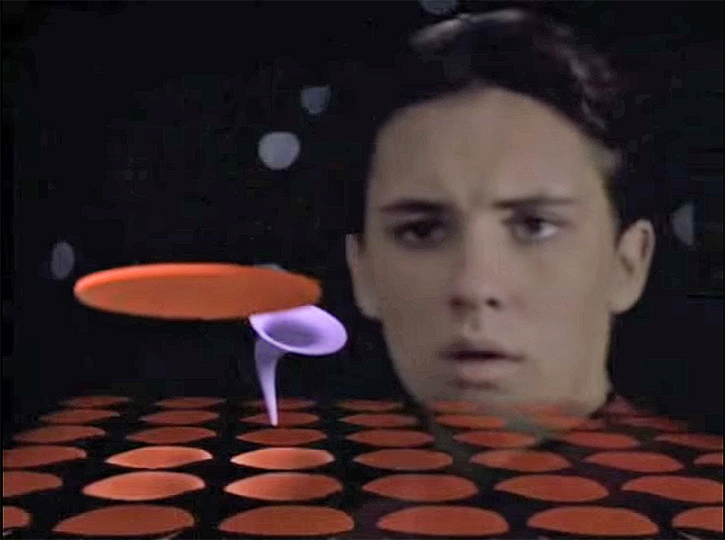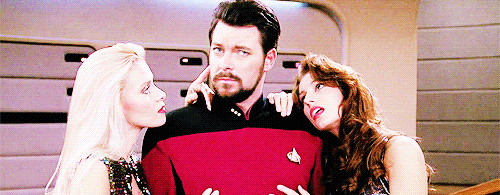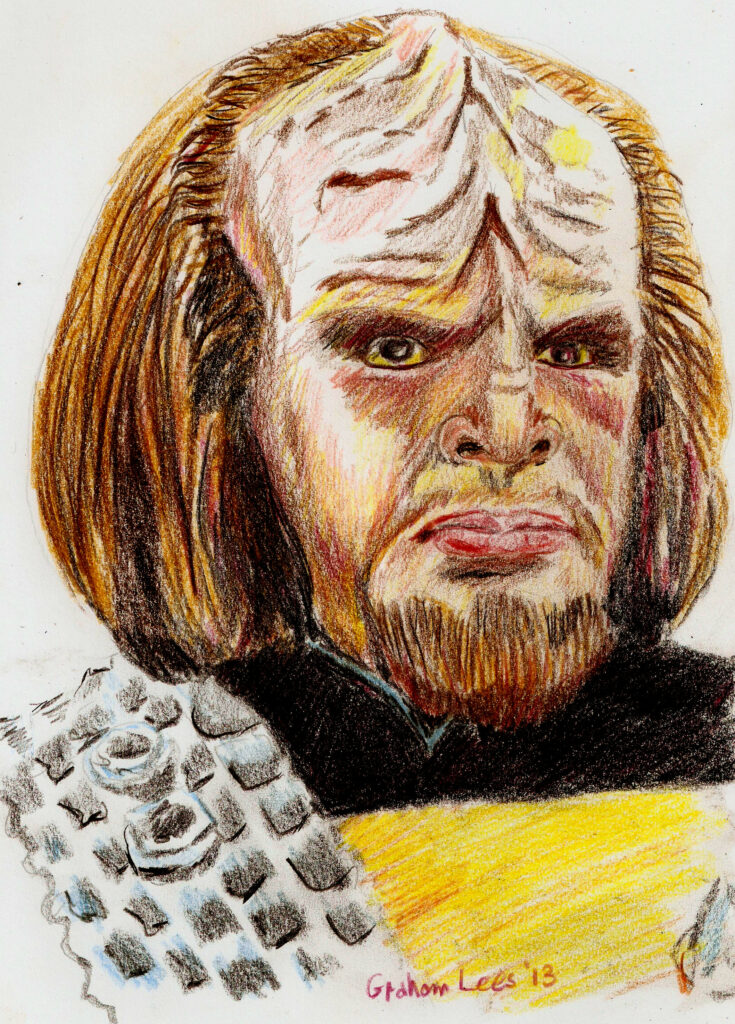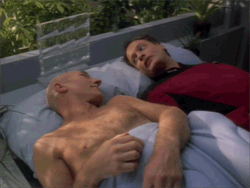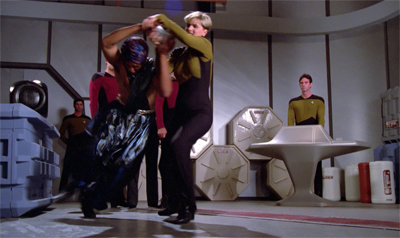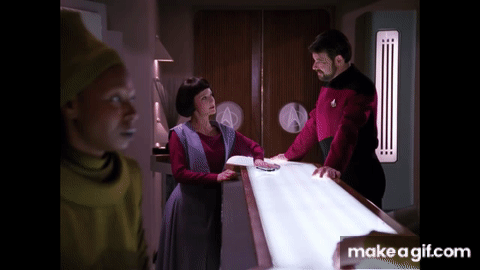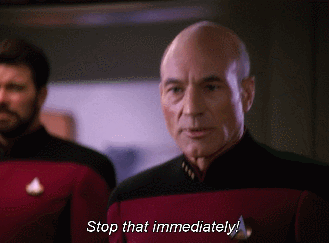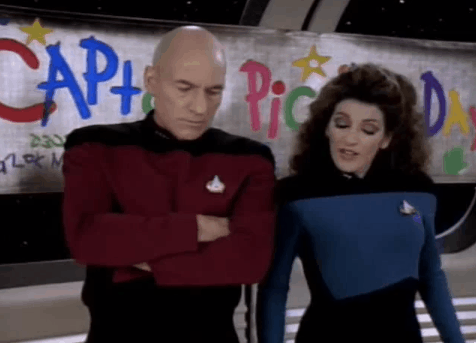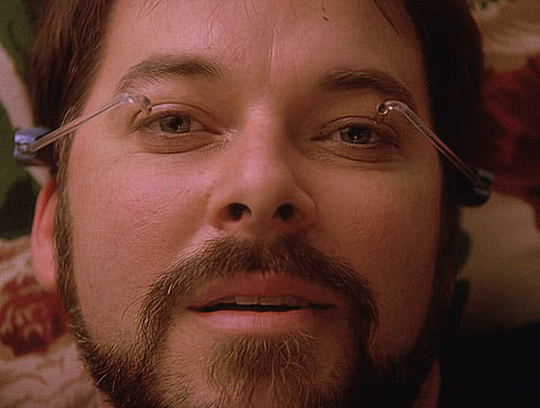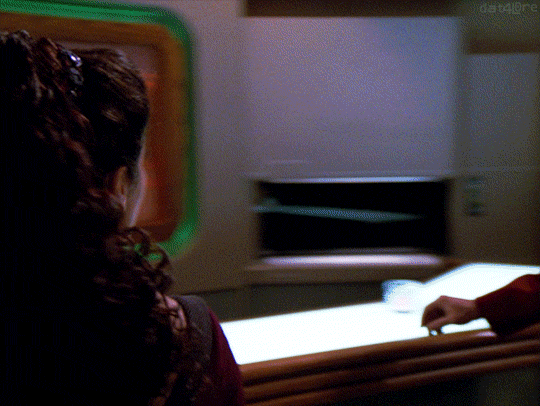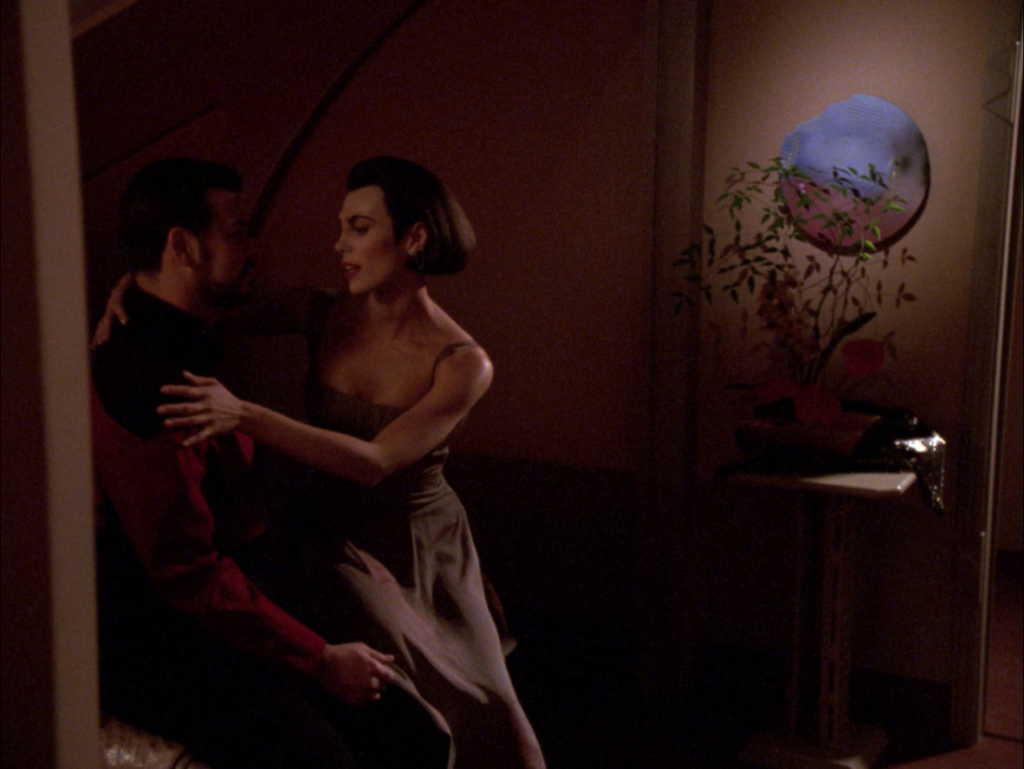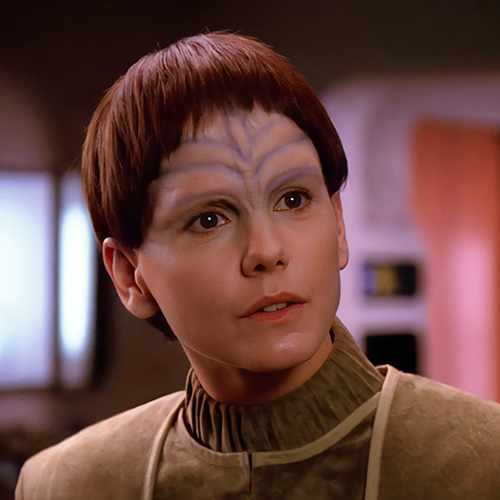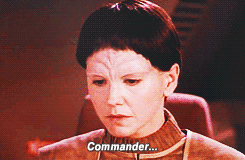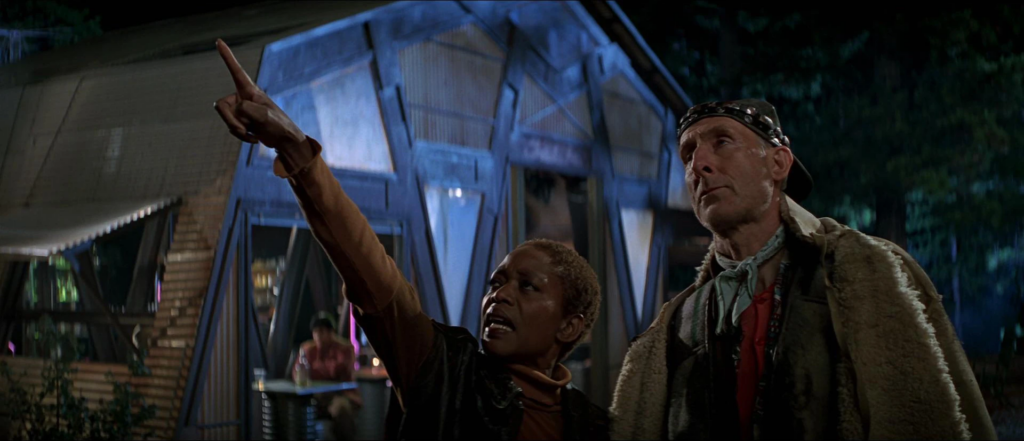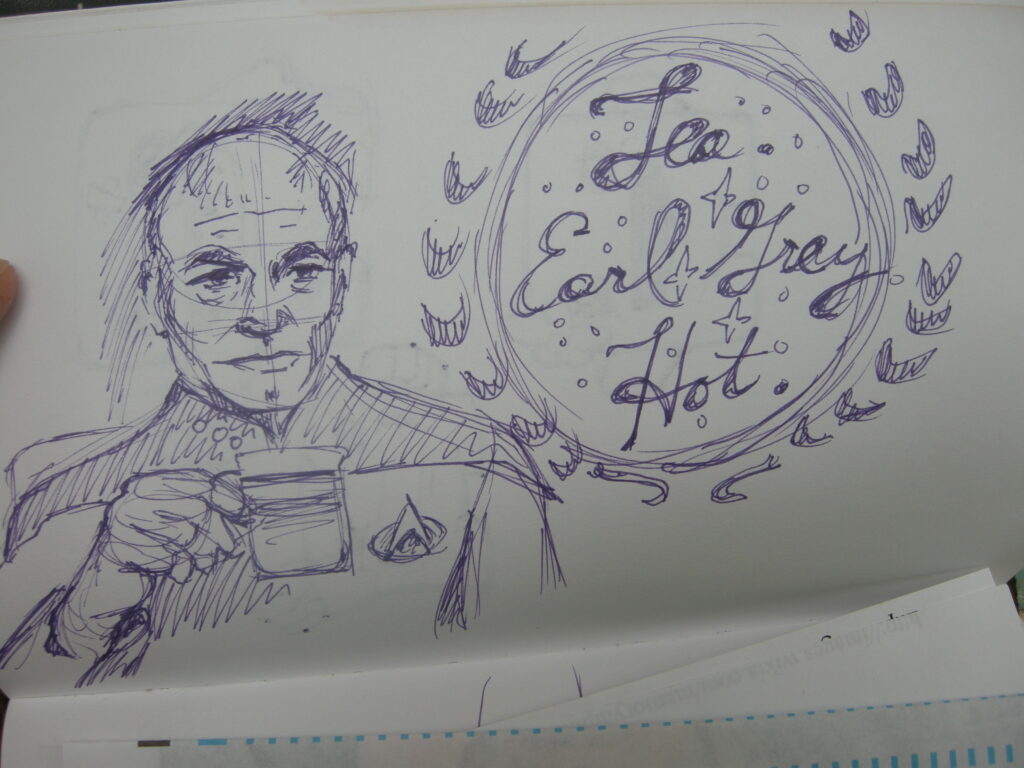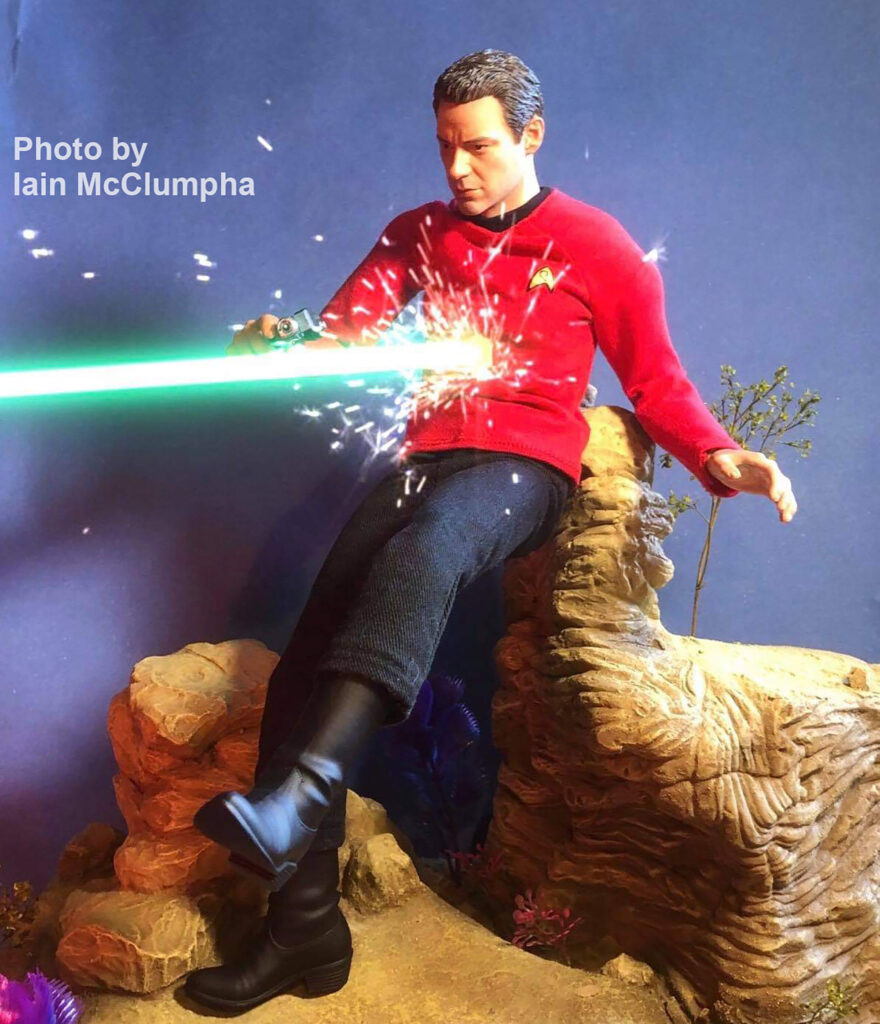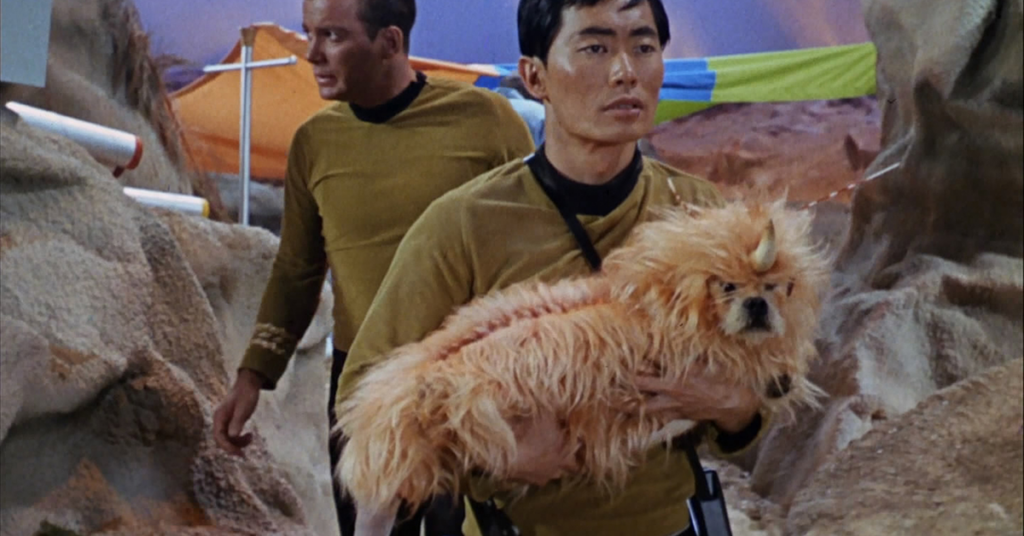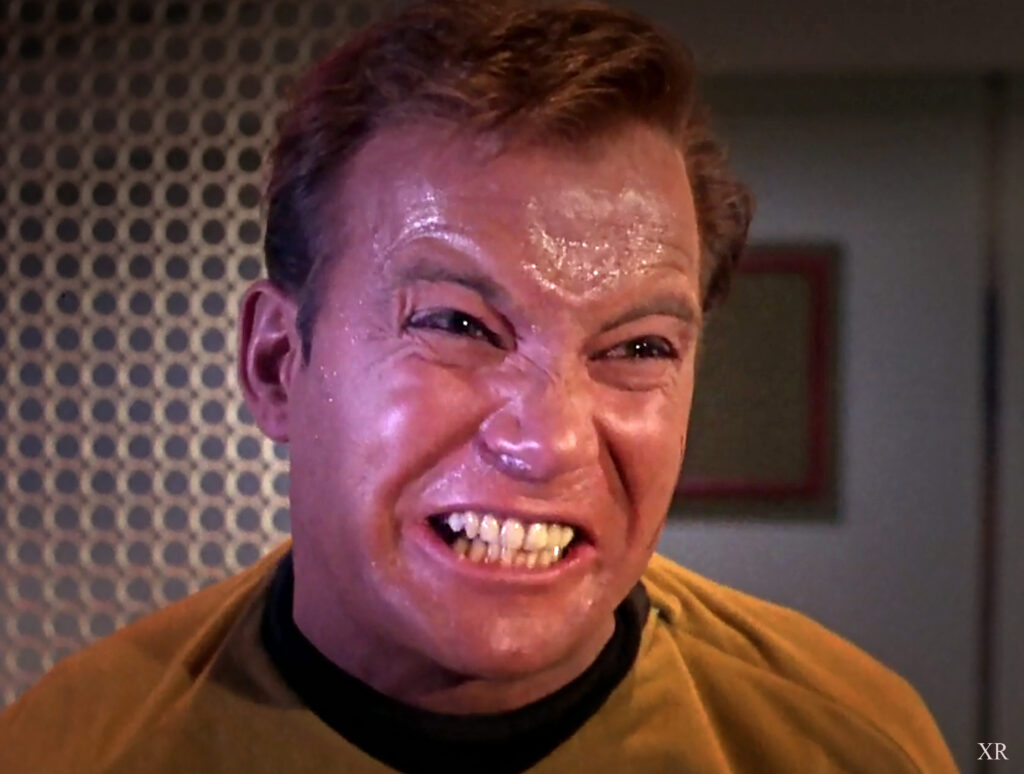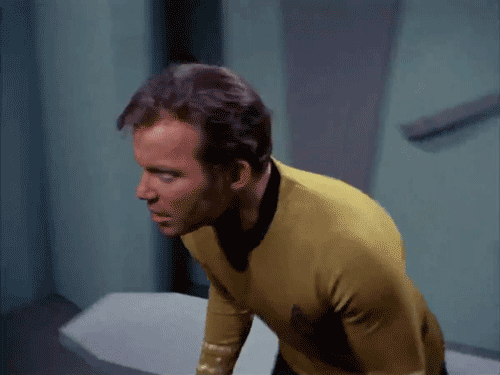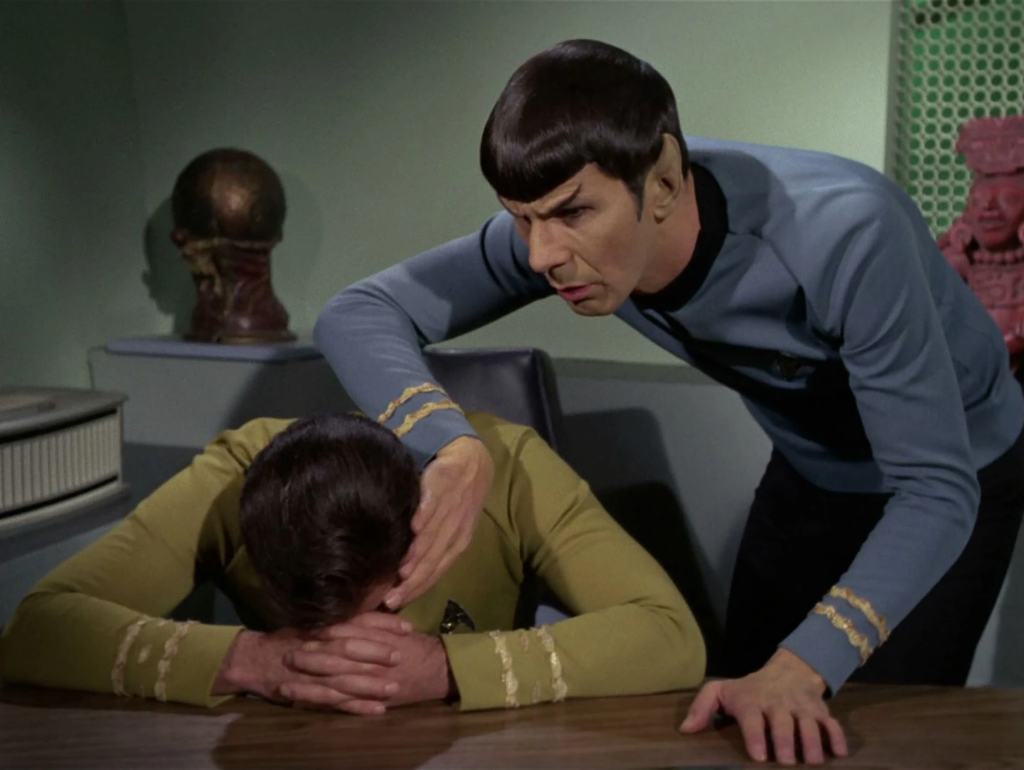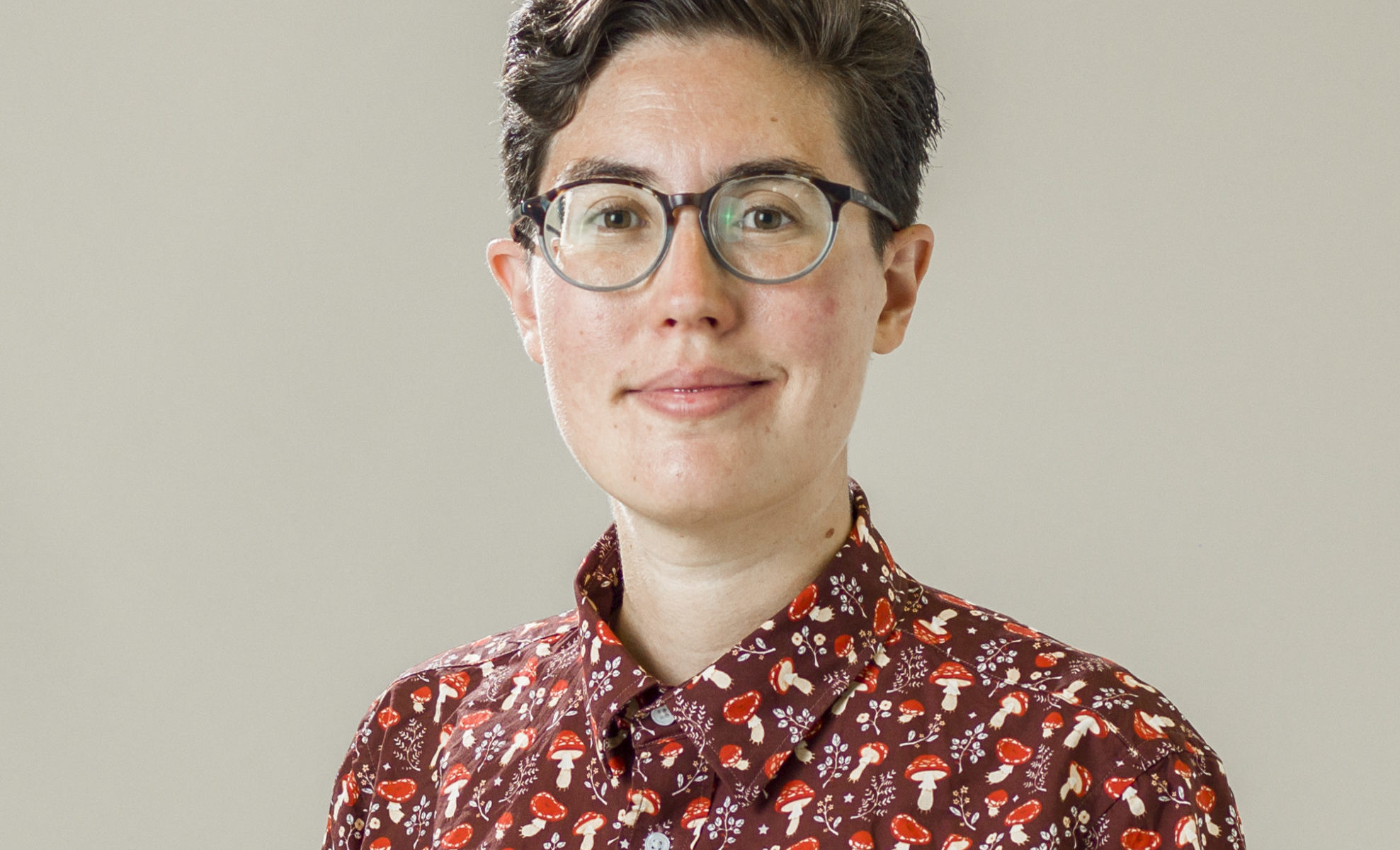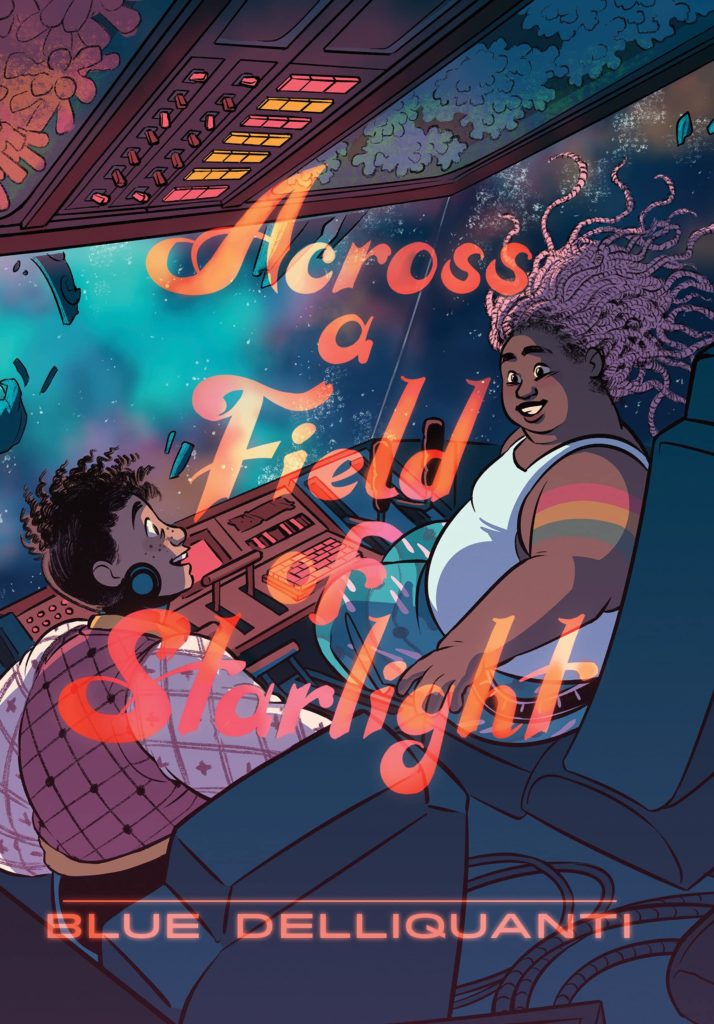In a world where corporate entities maintain a tight grip on the institutionalization of creativity and where representation mattering is still more of a conversation than a mainstream practice, a glimmer of hope emerges in a new queer press, Bona Books. The London-based press established by Trip Galey, Chris McCartney, and Robert Berg, Bona Books plans to be a place the queer community and allies can pick up science fiction and fantasy and see themselves fully reflected in it. As Chris says in one of the many gems from our recent chat, “To see that representation, to see the community that we love and the people that we love reflected in stories that we love” is what Bona Books is all about. I sat down with Trip and Chris (sadly, Robert was unable to join) prior to the launch of the Kickstarter campaign to fund Bona Book’s first anthology, I Want That Twink OBLITERATED!, which met its full fundraising goal in less than 32 hours after officially launching on September 13th, 2023, and was picked as a “Project We Love” by Kickstarter themselves. Our conversation was playful as much as insightful as we spoke about the innate queerness of science fiction and fantasy, obliterating twinks memes, and the space they hope Bona Books can hold in the world of publishing.
This interview has been edited and condensed for length and clarity.
First, I’d love to know a little bit about each of you and how books and reading were a part of your upbringing.
Chris: I was very much one of those kids who always had a book at all points. My earliest memories are all book-related. When I was very very young the way my dad would coax me to have a bath was he’d read to me. So, I have recollections of him reading The Hobbit and Sherlock Holmes stories. He read me the entirety of The Hobbit in installments and got to the end and I was like, ‘Yeah, this great! I love it!’ [Chris’s dad said] ‘There is a sequel, I’m not reading you that.’ [Laughs]. At age 8 or 9, I embarked on reading The Lord of The Rings and it took me about six months.
And by that time you were old enough to bathe yourself, I’m assuming?
Chris: Yes [laughs]. So, yeah, always been a bit of a bookworm and it’s kind of almost always been genre fiction. As I grew up I read lit-fic as well, but when I was going to the library as a child it was always straight to the science fiction and fantasy section. It was always the genre stuff. [Referring to the first part of the question] I’m probably a bit of a jack-of-all-trades as anyone who writes these days is. I don’t support myself writing. I’m a civil servant working for His Majesty’s government. I have had some short fiction published, I’ve got a novella that I’m working on with Trip here, which will be my first foray into editing, which is really exciting and, I suppose, in terms of how I slot into Bona Books and the Kickstarter is that one of my big skillsets in terms of my civilian life is project management. I’m the hyper-organized person who has a spreadsheet for everything so, I’m kind of the central admin making sure the Kickstarter gets off the ground.
Trip: My first book was Go, Dog. Go! I forced my parents to read it to me so many times that I eventually learned to read just recognizing the words on the page from what they were reading me and they had to repair it multiple times with duct tape because I read it to the point it fell apart. I basically grew up on the road. My parents were professional Rodeo athletes so, I was on the Rodeo circuit in the back of the pick-up truck all the time. I would have a stack of books and that’s how I would keep myself entertained. I would just read as they drove. And then when I got older I very much just went straight for that fantasy section, but I grew up in the middle of absolute nowhere in the pre-Amazon days, not to date myself. So, I had to build my own science fiction and fantasy library and I went through a period of wearing nothing but cargo pants because the pockets on either side of the pair of cargo pants: exact right size and shape for a mass-market paperback. I could have two, on the go, at the same time, which was necessary because I just read too much.
I do support myself just with writing. That’s a mix of ghostwriting, a small bit of copywriting, and my debut novel is coming out 12th September, it’s called The Market of Dreams and Destiny and it’s out from Titan. That’s been a crazy experience. And in terms of Bona Books, I have started, and ran, and head-editored a small science fiction and fantasy magazine, which I did as part of my doctoral studies while I was a doctoral candidate as an extra project because I certainly didn’t have enough to do. [Laughs] That’s not a habit I’ve gotten into at all. So, I have done a bit of this contracts and acquiring short fiction before. But this is very much my first foray into doing it a bit more seriously.
And just to jump in for Robert, I know a whole bunch of his stories. Robert’s grandfather was a lawyer and Robert lived with his grandfather growing up. [W]hen he was very little, [his grandfather would] take him out to see the moon and would tell him stories from Shakespeare and mythology. And then he obviously got into reading and one of his earliest memories with a book is he had this book, I don’t remember what book it is unfortunately, and he went to a petting zoo and the goat literally ate his book. Outrage ensued from there. He is [also] another big fantasy nerd. He works as a professional copyeditor and proofreader. He works with some actual publishers and he works freelance as well. In Bona Books, he is the eye-to-detail editorial and about ten years ago he had a reviews blog where he did a lot of pop culture reviews, including media. And so he has reviewed a lot of authors, some of whom may now be appearing as solicited authors in our anthology efforts.
That’s amazing! Storytelling has been a huge part of all of your upbringings and your lives thus far. What is the story of how the three of you came together?
Trip: So, it will be Robert and my anniversary in October and we will have been together for… math, math, math… 16 years. So we’ve been together for yonks and then we moved over here six years ago for me to pursue a doctorate and five of those years ago we met Chris? Four and a half of those years ago?
Chris: That sounds about right.
Trip: I was doing my studies and lecturing in Cambridge and Chris was working at Cambridge and we have a mutual friend who introduced us and we just started meeting every week after I got done lecturing and after he finished work. We’d go to the pub, we’d have a pint or two and we would talk about, oh, I don’t know, science fiction and fantasy, and books, and writing for a couple of hours at a go before I caught the train back and he went to make dinner.
At what point did those conversations turn into, ‘should we start a press??’
Trip: So, that sort of goes: group chat, meme, Chris comes into the kitchen (cuz we all live together now, three of us we share a flat called The Writer Flat in London) but I’ve talked for a lot so I’m going to let Chris talk.
Chris: You’re the one with the charismatic storytelling ability!
Trip: Says the man who just got a short story published? Woo woo!
Chris: We’re not going to have this fight right now! [Laughs] Yeah, as Trip said, the meme came first. If you look it up on Know Your Meme there’s a little bit of a history to it. Originally there was a Wattpad comment and it took off a bit on the internet and it got picked up by Anthony Olivera, the comics writer and is in a Lords of Empyre: Emperor Hulkling and it’s thrown at the Marvel character, Wiccan, by the villain and he [Olivera] talks about the fact that it was him kind of wanting to queer the text of the comic so, that not only is there a queer character in it but it’s this queer culture reference that gay readers will spot in the language that’s being used and will be talking to them in a way that comics, even when they normally have queer characters in them don’t talk in that way.
Anyway, that’s all by-the-by. We were making “I want that twink obliterated” jokes and I think Robert said, ‘That would be a great title for an anthology!” laugh, laugh, laugh, chat chat, chat. And that just stuck in my head for a second. I was like, “We have the skills. We have the technology. I’m ridiculously organized, Robert has a load of contacts and is an editor and proofreader, Trip has run a magazine before.” So I walked into the kitchen and was like, “Trip, we could actually do this.” And then we paused and went, yeah we could, couldn’t we? And I think it was about a minute before we got to, “We’re doing this aren’t we.” It was very much like that.
Trip: Yeah, I have that scene burned in my mind. Just Chris coming into the kitchen and being like, we could do this… do we have to do this, do we need to do this… beat… I think we need to do this. Yeah.
What else was underneath that need? There has to be something really grounding to take something that’s like, a fun meme, jokey thing [seriously]. I know so many people, including myself, who will joke with friends about, ‘Oh my god we should do this or we should do that” so, what exactly was it that really made that pivot to this is not just a joke anymore, we’re doing it?
Chris: For me, I’d say, it’s a real burning desire to see queer narratives out there in the world. Particularly, in science fiction and fantasy. Particularly, unapologetic queer narratives written by queer authors. Representation has gotten a bit better in science fiction and fantasy over the last few years. But… often queer characters written by non-queer people do better. My instinct would be that, we feel so starved for it and we so desperately want it to exist. To see that representation, to see the community that we love and the people that we love reflected in stories that we love. As soon as we realized, “Oh, that’s a good idea, that’s a good enough idea that people will like it,” not only do we have the skills to do it but, I think, if we put that out into the world and put it in front of people, people will back that. Because if it was an ok idea and you’re pushing a boulder up a hill, maybe you’d think twice. But it seemed like such an obviously good idea that it would be pushing through an open door. And if we have that opportunity and we can make those stories happen, then I think, like Trip said, it wasn’t really a choice.
Trip: Yeah, It sort of felt like a foregone conclusion. Like the decision made us, we did not make the decision. [Laughs]
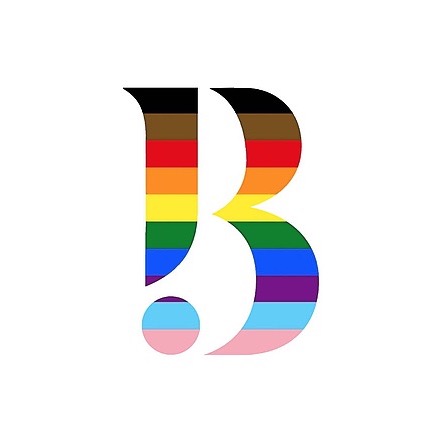
On that note, can you please pitch the I Want That Twink OBLITERATED! anthology and tell the readers at Geeks OUT what it and the Kickstarter is all about? And who are you hoping to reach?
Trip: I Want That Twink OBLITERATED!, is a fun meme. It is irreverent and it speaks directly to the community and that is, first and foremost, who we are hoping to do this for and who we are hoping to reach. It’s those portions of the queer community that loves science fiction and fantasy and those portions of science fiction and fantasy who love queer content, be they queer themselves or allies. The concept of the anthology itself is classic pulp, science fiction, fantasy, and horror. The sort of things you would find on the shelf in like, the 40’s/50’s in those old magazines like, Weird Tales that were, for so long, a mainstay of not only the genre, but also the community. [T]hose magazines were such an ongoing conversation. Science fiction and fantasy is fantastic because of the feedback between fandom and the authors and between authors themselves. Science fiction and fantasy more than other genres are ongoing conversations about ideas. And you get those so much in those old pulp magazines where people would write in, and they would have ideas, and they would discuss this, that, and the other.
So, it was really about that core root nurturing amazing part of science fiction and fantasy that a lot of minorities were shut out of in those days. Not just sexual or gender minorities, but all kinds of people who were just not invited to the conversation or had to work very very hard to get their voices heard in the conversation. We want that sort of classic pulp fun, but we want non-traditionally masculine heroes and villains. We’re talking, twinks so, The Obliterators and The Obliterated, we want to take the fantastic rich heritage and inheritance that we have from that period of science fiction and fantasy, but we want our part of that. We want our portion of that inheritance. We want the queer heroes, the queer villains, the unabashedly homosexual dialogue. Queerness has a culture to it. And it’s a whole collection of different cultures. But the way it intersects with fantasy and science fiction and these literatures of the possible it’s super exciting! It is that sense of new possibilities and new horizons, but in it, unrepentantly queer.
Chris came up with several examples as part of our guidelines for publication and so we’re really hoping to see stories with like, trans berserkers fueled by queer rage, we want stories with gender-fluid starship captains, and a rainbow band of rogue’s crew stashing across the universe and having amazing pulpy adventures, we want stories with li-ter-al demon twinks. Unapologetically science fiction and fantasy and unapologetically queer.
As you’re talking I’m just thinking about how sci-fi and fantasy are the perfect vehicles for queer stories and it’s hard to not feel like… I don’t know, I think about watching Star Trek with my dad back in the day. I feel like all of it has to be queer-coded in some way because it’s all about the expansion of the human experience and beyond. Those stories are so important, I think as we’re navigating who are we and what is this world and what is our part in it. Especially, with these political environments that keep wanting to make everything smaller and more binary. There’s not really a question there, just kind of a word vomit. I don’t know if you have any response to that.
Chris: I think I completely agree with you. It speaks to queer experience. It probably, I cannot speak to this with any authority, but I suspect it also speaks to other forms of minority experiences as well. It’s all about moving towards the boundaries of what’s socially permissible. It’s about imagining other worlds. Or, at least, when it’s done well, it is. You have the sort of classic Star Trek format of every week they’re in another planet, every week it’s another problem planet and so, obviously, it’s never going to be, Oh yes! They turn up on a planet that’s exactly like ours, all of the cultural mores are exactly the same, and all the dominant assumptions are just reinforced. That’s never going to be what the story is. So, yeah, inherently you end up in that sort of marginalized space because that’s where the boundaries get pushed. That’s where the interesting things are.
How do you think about that tension now where, as you mentioned before, there does seem to be more representation? It is a bit better, but it’s also such a heteronormative sphere that keeps caving in on everyone and also in on itself? I don’t even know if there’s really a question in there either, but in some ways, and to use Star Trek again, in the 60’s or in the Next Generation there is this huge, expansive feel to it. It feels like things have gotten just a bit more compressed.
Trip: Yeah, that’s a really interesting question because you can approach from multiple angles. If we’re talking, for example, publishing. Since this is an anthology, we’re a small press, we’re putting out queer work by queer authors, hopefully (support the Kickstarter!). If you look at the publishing ecosystem right now, 20 years ago you had the big 6, the big 7. There was a healthy mid-list, there was a healthy variety of imprints. We’re down to a big 4 and a lot of those medium-sized publishers have been swallowed up. There’s been a concentration of editorial talent and complete evaporation of editorial attention because people don’t have enough time. They don’t have enough time to do all the work. So, you get these big publishing houses, 20-30 years ago 20% of the books supported the other 80% in terms of sales if we’re talking just cold, hard, cash numbers, which I absolutely hate talking about, but that’s what it is. But now, the way the publishing industry has consolidated, we’re looking much more at 5% of titles bringing in all the money and covering the other 95%. So, there’s a lot more focus on those 5% of titles and publishing, like we’ve seen in Hollywood, they don’t like to take risks. If their financial continuation depends on 5% of titles hitting it big, they’re not going to take creative risks because that is much harder to predict. They’re not going to pump all of their marketing dollars behind those edge titles. Even if sometimes they do well. Even if they are excellent in their own right and there is an audience there for them.
It’s so interesting because it seems very antithetical to financial advice where you want to diversify your portfolio. When you’re limiting yourself by putting all of your eggs in one basket [it’s] kind of asking for a big problem down the line, which I think we’re definitely seeing in Hollywood at the moment with the strikes and everything, or one aspect of it. So, where does Bona Books fit into all of that for you?
Trip: It’s a passion project, you know, we’re doing this because it is important to us. I can’t remember if this is Toni Morrison or not, I could be horribly misattributing this quote, but it’s something to the effect of, “If you can’t find the book you want to read, you have to go out and write it.” And that sort of sentiment has come up again, and again, and again on almost every single panel discussion I have been on with queer writers writing queer science fiction and fantasy. The queer stories that they want to read don’t exist. So they’re going out and creating them and they are writing them themselves. Chris, Robert, and I we do have the knowledge and the skills to take a run at producing anthologies of queer fiction for queer people and a wider audience and, between the three of us, we have the stability to take on a passion project like this. We’re not doing this to get rich or make money, like, publishing is not a great way to make money generally, with very few, small exceptions making it look the other way. We’re doing it because we love it and we can offer our skills and we can offer our time. We can offer as much of ourselves as we can spare to bring these things into the world so that they’re there for people to find.
Chris: That’s the proper answer and all the focus should be on that. I’ll add that… in the back of my head I do have a little 5-year plan that’s going along. I think particularly with the Kickstarter and with how crowdfunding works we have to take it one day at a time, trying to get as many people as possible to hear about the Kickstarter. If the Kickstarter doesn’t happen then this doesn’t go anywhere. But we put a book together and, if that goes well, we’ll put another book together, then we’ve got a lot of experience under our belt at that point talking to publishers and working on layout and doing the editorial work. And if it’s successful, if there’s a bit of extra money in the kitty we can look at getting some novellas published, we’ll have more contacts… there’s a plan, but I don’t want to get out in front of my skis. I would love in five years time for it to be this little, small press. We’re never going to be doing dozens of books a year. But if a couple of times a year we put out something that people go, “Oh yeah, I always check out what Bona Books puts out because it’s got a really queer voice and they support and lift up queer writers” I would be chuffed a bit.
As a debut author, Trip, with your book coming out around the same time as this Kickstarter, how is your mental health?
Trip: [MANIACAL LAUGHTER] Just insert maniacal laughter here.
I will, literally, put that in the text [laughs in less maniacal]
Trip: I think the most generous term I can use is overclocked. There’s the book coming out, I am working very hard on the sequel right now, and then the Kickstarter and some other things that are all happening in September. So, yeah I’m slightly overclocked. But, I can’t complain because what am I doing? I’m writing queer science fiction and fantasy and I am working with my best friends in the world to produce more of it!
Chris: The book is so good!
That’s excellent. It’s so exciting! Is there anything else that I didn’t ask about that you would like to touch on?
Trip: While we do have solicited offers for this anthology, it is very important to us to foster new voices from the community. We want to get the word out to as many queer creatives and other minority creatives as we possibly can. We want your science fiction, fantasy, pulp, adventure stories starring twinks. You can be pro-twink, you can be anti-twink, put a twink in there as a hero, put a twink in there as a villain, we want to hear from every color of the queer rainbow. Send us your stuff please, please send us your stuff! We especially want to hear from women, we want to hear from…
Chris: …We’d love to get more non-binary and trans authors on board, that would be wonderful, particularly given the non-trad masculine aspect of the anthology. That would be beautiful. As Trip said, every single stripe of the progress flag should be represented if possible.
Trip: Writers of color, everyone.
Where can people reach out to you if they have something to share?
Chris: We will have a submission guide linked to and funneled through the Kickstarter and we’ll basically open for submissions as soon as we know we’re funded.
To support the funding of Bona Books, the production of their first anthology I Want That Twink OBLITERATED!, future releases by them, and to submit your own work head to their Kickstarter page linked here. Also, be sure to also follow them on all the socials @bonabooksltd
Header art by Stephen Andrade
